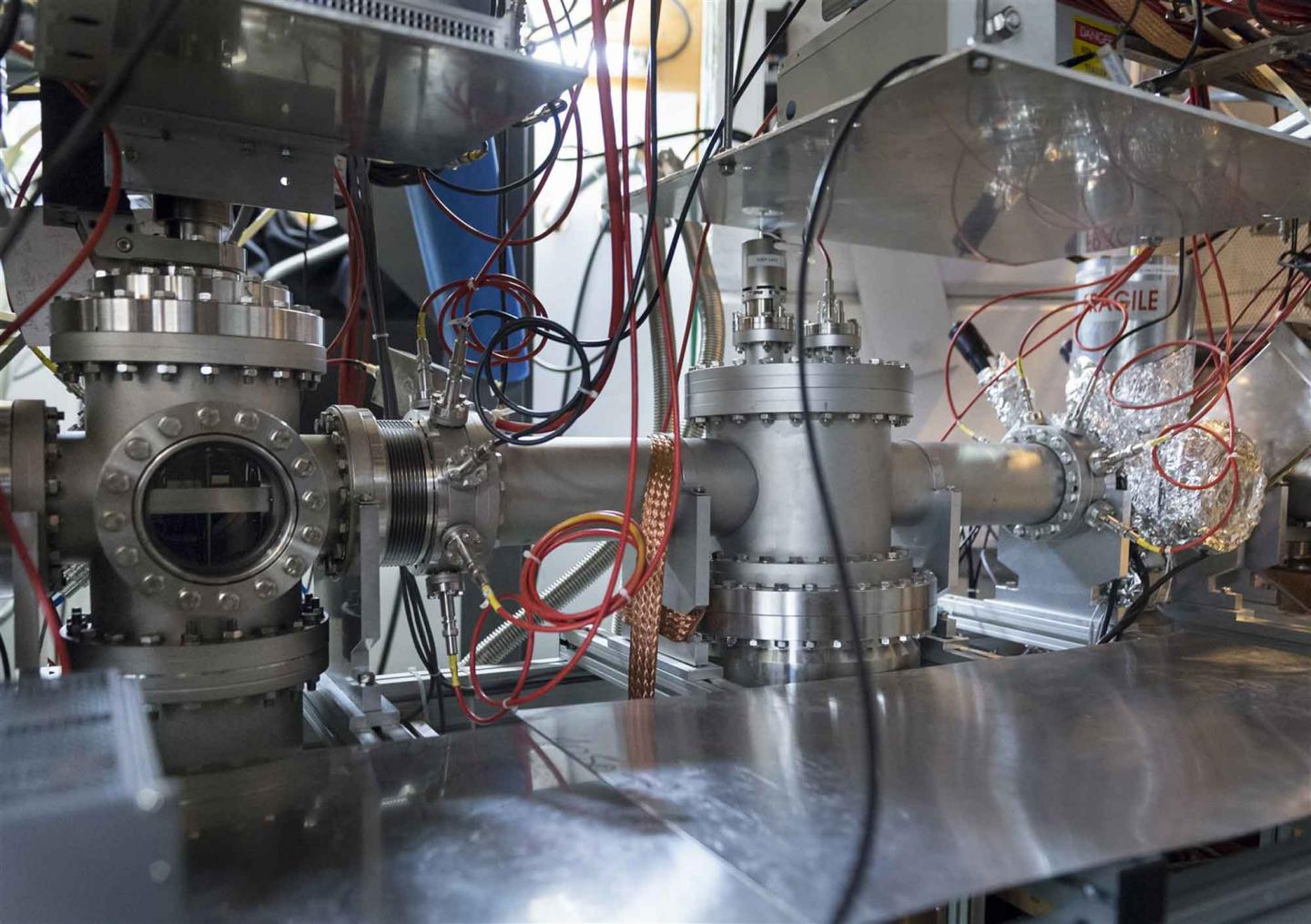The ISOLTRAP collaboration has measured the mass of exotic calcium nuclei using a new instrument installed at the ISOLDE facility at CERN. The measurements, published on 20 June in the journal Nature, clearly establish a new “magic number” related to the stability of this exotic species. The results cast light on how nuclei can be described in terms of the fundamental strong force.
“This measurement from a classic ISOLDE low-energy experiment complements well recent key results on radon, observed by post-accelerated beams, and on astatine, observed at the source with lasers,” said CERN’s Director-General, Rolf Heuer. “It demonstrates beautifully that ISOLDE has a wealth of tools for producing exciting physics.”
The results strengthen the prominence in calcium isotopes of a magic number that was not foreseen in the original “nuclear shell model”, for which Maria Goeppert-Mayer and Hans Jensen received the Nobel Prize in 1963, exactly 50 years ago. In this model, the protons and neutrons in a nucleus arrange themselves in “shells” similar to those of electrons in atoms. The magic numbers correspond to full nuclear shells, in which the constituents are more tightly bound, leading to more stability and lighter masses.
The ISOLTRAP team used the ISOLDE facility to make exotic isotopes of calcium, which has the magic number of 20 protons in a closed shell. Their goal was to find out how the shell structure evolves with increasing numbers of neutrons. Standard calcium with 20 neutrons is doubly magic, and a rare long-lived isotope has 28 neutrons – another magic number.
Now, the ISOLTRAP team has determined the masses of calcium isotopes all the way to calcium-54, which has 34 neutrons in addition to the 20 protons. The measurements not only reveal a new magic number, 32, but also pin down nuclear interactions in exotic neutron-rich nuclei.

